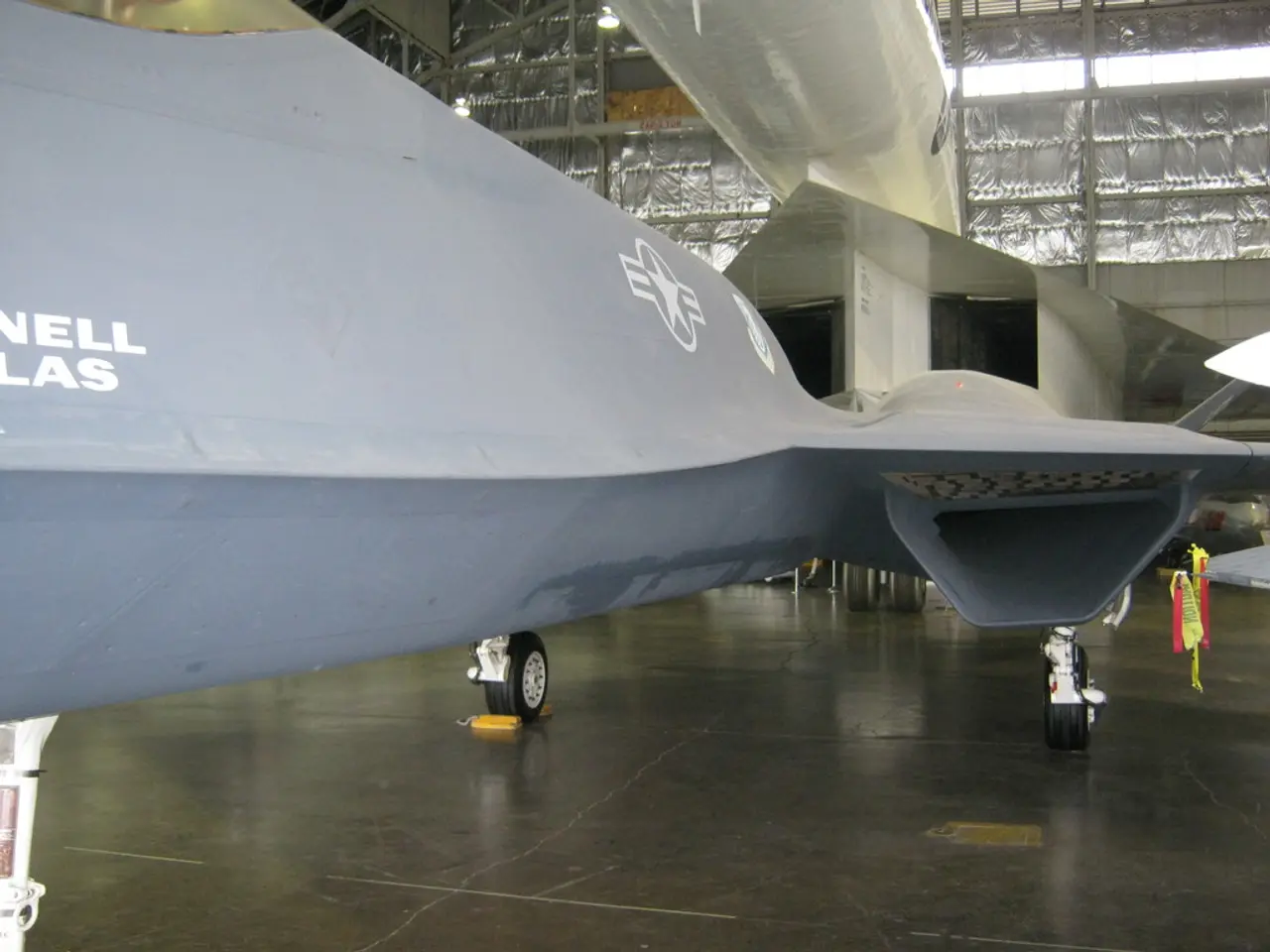Advanced Aviation Advancement: Fly-by-Wire (FBW) Technology
Fly-by-Wire Technology Revolutionizes Commercial Aviation Safety and Efficiency
Fly-by-wire (FBW) technology has been a game-changer in the aviation industry, contributing significantly to the safety records of commercial airlines over the past three decades. This digital revolution has replaced traditional mechanical control systems, leading to safer and more efficient flight operations.
The key improvements in aircraft safety and operational efficiency attributed to FBW technology include enhanced control precision, aircraft stability, prevention of unsafe maneuvers, and improved handling qualities under all weather conditions. By automating the adjustment and optimization of aircraft behavior, FBW systems allow for safer and more efficient flight operations without requiring direct pilot input.
Over the past 30 years, FBW systems have evolved significantly. Modern aircraft and demonstrators like the Airbus C295 FTB#2 have validated advanced flight control capabilities across roll, pitch, and yaw. These systems incorporate robust and safe digital control laws that expand the flight envelope, allowing safe operation at both low and high velocities. The crew feedback from recent test flights highlights excellent aircraft performance and handling qualities, with no undesirable effects observed during tests.
The evolution of FBW technology has been accompanied by advancements in materials, such as carbon fiber reinforced plastics, electrical actuation systems, and sophisticated simulation/design tools. These advancements have enhanced safety through system robustness and fault management, supporting environmental benefits by enabling lighter airframes and aerodynamically optimized designs that reduce emissions of CO2, NOx, and noise.
Here's a summary of the benefits and evolution of FBW technology in commercial aviation:
| Key Improvements | Evolution Over 30 Years | |-------------------------------------|-----------------------------------------------------------------| | Enhanced aircraft handling and safety | Transition from mechanical to fully digital control systems | | Aircraft stabilization and flight envelope protection | Expansion of flight control laws for wider operating envelopes | | Prevention of unsafe maneuvers | Integration with automated flight computers and pilot aids | | Improved control in all weather conditions | Incorporation of embedded SATCOM and advanced avionics | | Lighter, more efficient airframe designs | Use of composite materials and advanced manufacturing like OoA | | Environmental benefits (reduced emissions/noise) | High integration of systems and aerodynamic improvements |
FBW technology has been equipped on all Airbus aircraft since the A320, first introduced in 1988, and has also been used on the Boeing 777, 787, and Embraer E-jets. As of the end of 2021, a fleet of more than 14,500 aircraft in service have flown over 200 million accumulated flights, providing a strong statistical basis for understanding the impact of FBW technology.
The in-service experience of fourth-generation aircraft, which were first operated after the development of FBW technology, provides valuable data for further analysis. For more information about the development and implementation of FBW technology, please visit the history section of our website.
The aviation industry has seen significant safety improvements since the 1950s, particularly over the last three decades. The widespread adoption of FBW technology is a major factor in these improvements, transforming the industry from a mechanical one to a digital one, and paving the way for continued advancements in safety, operational efficiency, and sustainability.
The progression from mechanical control systems to digital Fly-by-Wire (FBW) technology in the aviation industry has facilitated advancements in various domains, such as finance by reducing operational costs through increased safety and efficiency. Furthermore, the aerospace sector benefits from FBW technology's ability to expand the flight envelope and improve aircraft handling in all weather conditions. In the realm of technology, FBW systems integrate sophisticated simulation/design tools, advanced avionics, and embedded SATCOM, aiming for aerodynamically optimized designs that reduce emissions and improve performance.








